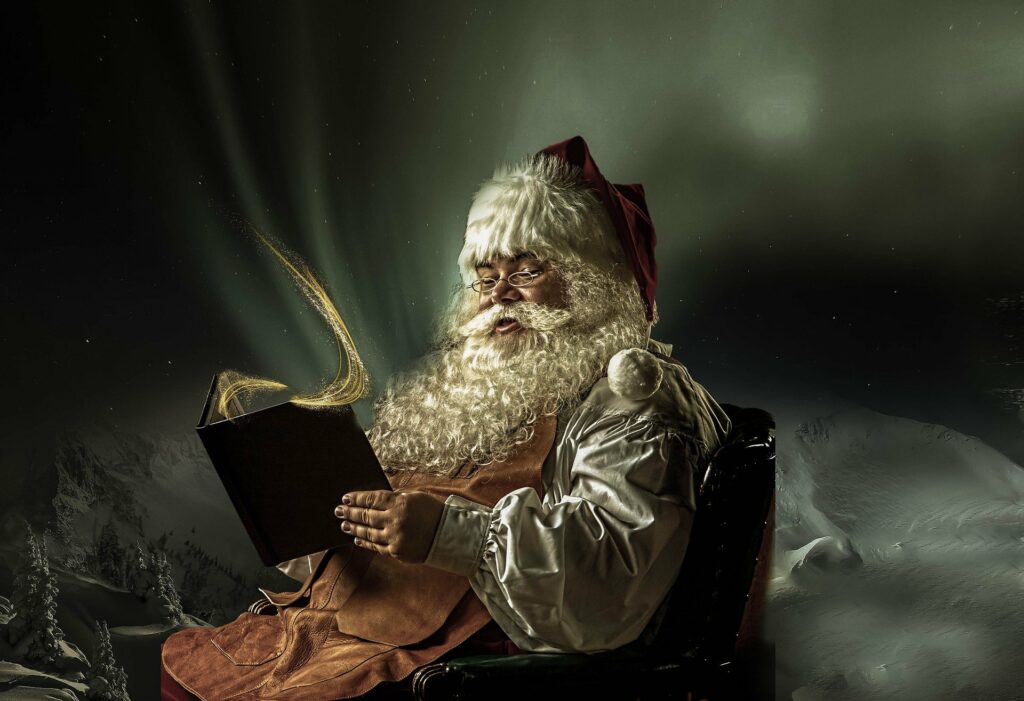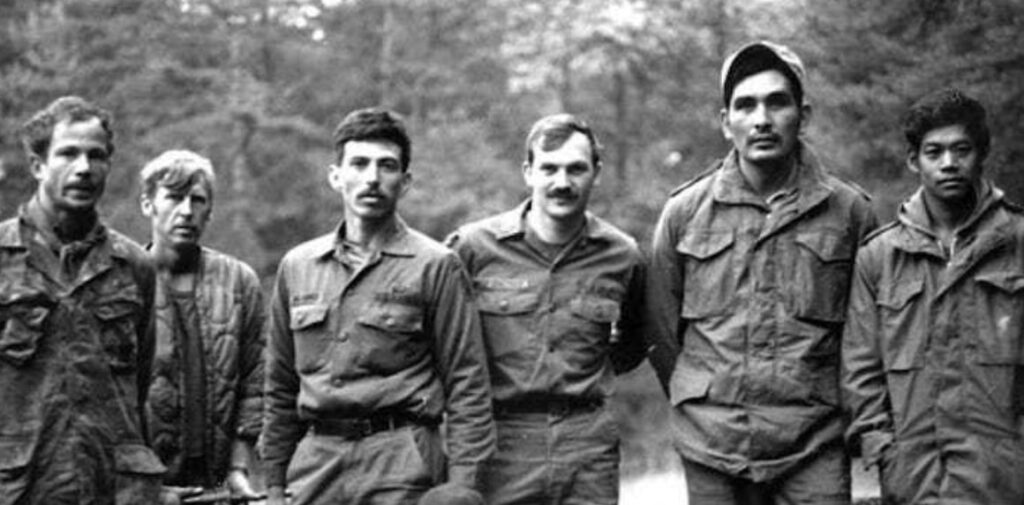How the American Civil War changed Santa Claus
- By We Are the Mighty
Share This Article

Ask any kindergartener what Santa looks like, and they’ll probably tell you he has a red suit, a big, round belly and a long, white beard. The classic Christmas song “Must Be Santa,” written in 1960 by Mitch Miller, describes him in even greater detail, with a cap on his head and a cherry nose. That’s how most of us picture Santa Claus, and it’s no wonder – the American image of Santa has remained virtually unchanged for over 100 years.

Related: Santa’s on his way! How to track Santa with NORAD
In the 1800s and the centuries preceding it, Santa looked a lot more like a traditional saint. That is how the tradition of Santa started, after all. As the story goes, a poor man had three daughters. With nothing to offer as a dowry, his daughters had no hope of getting married. A kind bishop named Nicholas took pity on the family, dropping bags of gold down the chimney to provide a dowry for each daughter. For this good deed along with many others, Nicholas was dubbed the saint of children. (He was also the saint of sailors, but that’s another story.)
While I’m quite thankful that I don’t have to rely on an old man to throw gold into my fireplace to secure my future, St. Nicholas was the official inspiration behind modern-day Santa. As the popularity of St. Nicholas waned, his name evolved. First, he became Father Christmas in England, then the Christkind in Austria and Germany, then Kris Kringle. Finally, Dutch settlers invented the name “Sinterklaas,” aka Santa. Despite the new name, however, 1800s Santa maintained his saintly image. So what changed?

Enter political cartoonist Thomas Nast. Known by many as the father of the American political cartoon, Nast began as a gifted artist from humble beginnings. At the age of 15, he began working as a staff artist for Frank Leslie’s Illustrated News, and a few years later for the New York Illustrated News. Finally, he moved on to create cartoons for Harper’s Weekly. At this point, it was 1862 and the Civil War had begun.
In Nast’s cartoons, he didn’t hesitate to make his political opinions known. He made his Union loyalties quite clear, and on January 3rd, 1863, Santa Claus helped send his message home. In a particularly festive piece of propaganda, Nast depicted Santa Claus decked out in stars and stripes handing out gifts to Union soldiers. If you look closely, you can see Union Santa clutching a puppet resembling the Confederate president, Jefferson Davis, with a rope around its neck. In a Christmas Eve version, Nast drew a jolly Santa Claus climbing down the chimney to deliver presents, while a woman in the next frame prays for her husband’s safe return.

Related: How WWII propaganda is still convincing kids to eat carrots
With these two simple illustrations, Nast cemented Santa as a sentimental Union symbol and reinvented St. Nick’s wardrobe in one go. While Nast refrained from making too many additional Santa-themed political statements, his jovial Father Christmas became an annual tradition. Although he skipped 1864, he published a new Santa illustration every holiday season for the rest of his years on staff at Harper’s. From then on, the tall, stately St. Nicholas was replaced with the stout, jolly old elf that we know and love today.
Read more from Sandboxx News:
- The Marines may not be Santa, but thanks to Toys for Tots, they’re close
- Check out these Christmas movies any military family will love!
- Holidays away from home: A lesson in a Christmas tree
- 5 benefits of having duty on Christmas
- How the Christmas Truce of 1914 put a global conflict on pause
This article by Brittany Sulc was originally published by We Are The Mighty. Follow We Are The Mighty on Facebook.
Feature image by Willgard Krause from Pixabay
Related Posts
Sandboxx News Merch
-

‘AirPower’ Classic Hoodie
$46.00 – $48.00 Select options This product has multiple variants. The options may be chosen on the product page -

‘Sandboxx News’ Trucker Cap
$27.00 Select options This product has multiple variants. The options may be chosen on the product page -

‘Kinetic Diplomacy’ Bumper Sticker (Black)
$8.00 Add to cart
We Are the Mighty
Related to: Military History

America’s first 6th-gen fighter jet will be Boeing’s F-47, Trump just announced

3 new TV shows to watch to make service time pass faster

Delta Force Assessment and Selection: Spending nights at base camps

The US Navy is forced to wait on its new flagship frigate
Sandboxx News
-

‘Sandboxx News’ Trucker Cap
$27.00 Select options This product has multiple variants. The options may be chosen on the product page -

‘AirPower’ Classic Hoodie
$46.00 – $48.00 Select options This product has multiple variants. The options may be chosen on the product page -

‘AirPower’ Golf Rope Hat
$31.00 Select options This product has multiple variants. The options may be chosen on the product page -

‘Sandboxx News’ Dad Hat
$27.00 Select options This product has multiple variants. The options may be chosen on the product page
